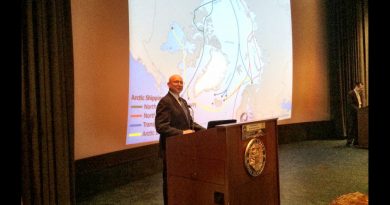Iceland to soften COVID-19 rules on Oct. 20, plans full lifting of restrictions next month
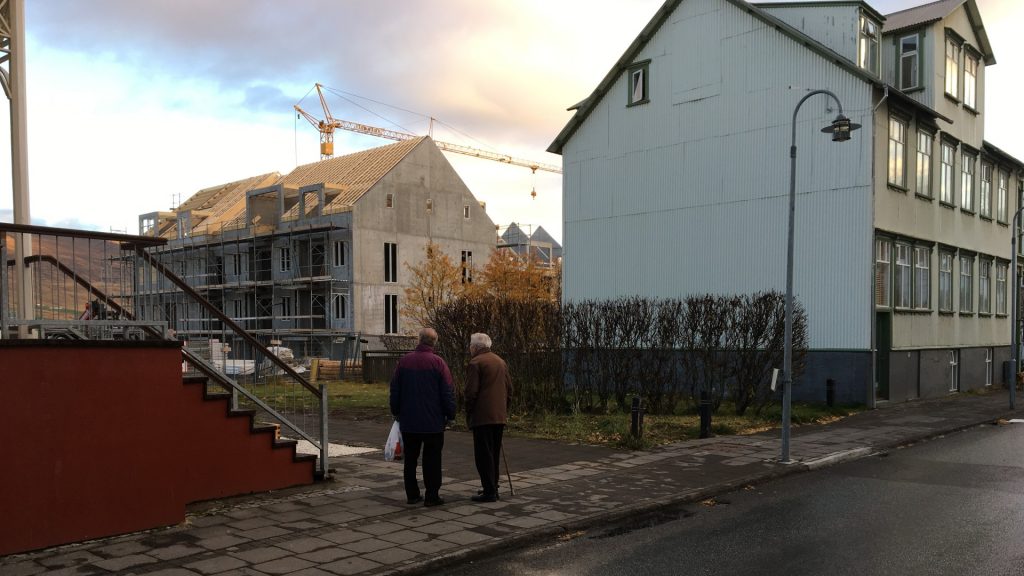
Iceland has announced its latest slate of modified COVID-19 rules, with a view to lifting all domestic restrictions by November 18.
As of Wednesday, Iceland will allow gatherings of 2,000, up from 500.
Mask requirements will also be lifted, except in certain health care settings.
Restaurants that serve alcohol will also be permitted to stay open an hour later until 1am. People will also no longer be required to register at events and eating establishments.
The one metre social distancing rule remains.
The government said providing the current picture remains stable, it’s planning to life all domestic restrictions in four weeks time.
“The aim is to fully lift all domestic restrictions from November 18, with the proviso that the epidemic does not develop significantly in a worse way, such as due to a large increase in hospital admissions due to COVID-19, which the health system cannot handle,” the government said in a statement on Tuesday.
“Sampling, isolation, infection control and quarantine will continue to be used, but these issues will be reviewed in consultation with the epidemiologist.”
No repeat of summer outbreaks expected
Iceland initially lifted domestic restrictions in June, but was quickly engulfed in a fourth wave of COVID-19 due to the delta variant.
Iceland’s vaccination picture is a key reason restrictions can be relaxed, the government said on Tuesday.
Here’s the numbers as of the last update on October 14:
- Fully vaccinated: 75 per cent of the country’s population of approximately 366,425 people
- Eligible portion of the population over 12 years old vaccinated: 89 per cent
- Number of people fully vaccinated: 277 837
Source: Government of Iceland
On Tuesday, the government took pains to stress the vaccination picture in the country had changed extensively since then, and domestic restrictions could be lifted slowly and safely.
“When all restrictions were lifted this summer, the number of infections increased significantly and the burden on the health system increased,” the statement said.
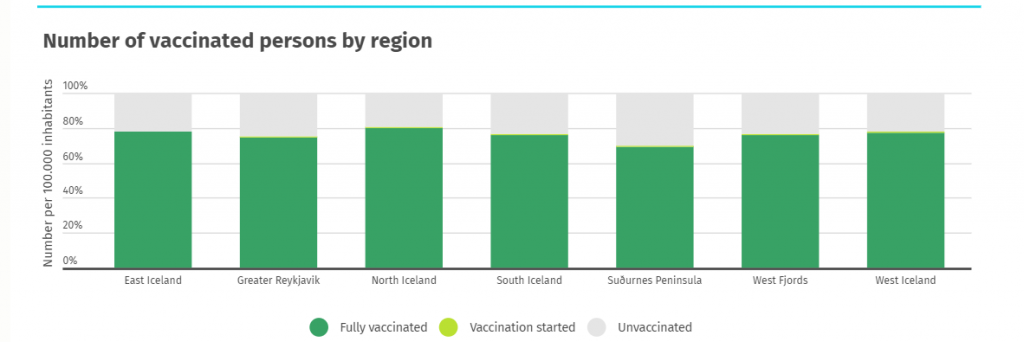
“Since then, the vaccination status in Iceland has strengthened, including vaccination of children aged 12 to 15, a booster dose for vulnerable groups and an additional dose for individuals who received the Janssen vaccine,” the government said.
“It also turned out that the measures taken on 25 July to impose 200 person gathering limits, social distancing, masking and limited opening hours of restaurants worked well to curb the spread of infection.”
Children make up large portion of infections
The government said COVID numbers during the gradual loosening of the rules since then have remained steady.
“The gradual removal of these restrictions has not yet led to an increase in hospital admissions, although the number of infections is fairly stable, as stated in the epidemiologist’s memorandum. A large proportion of infections are among children who require much less hospitalization due to COVID 19.”
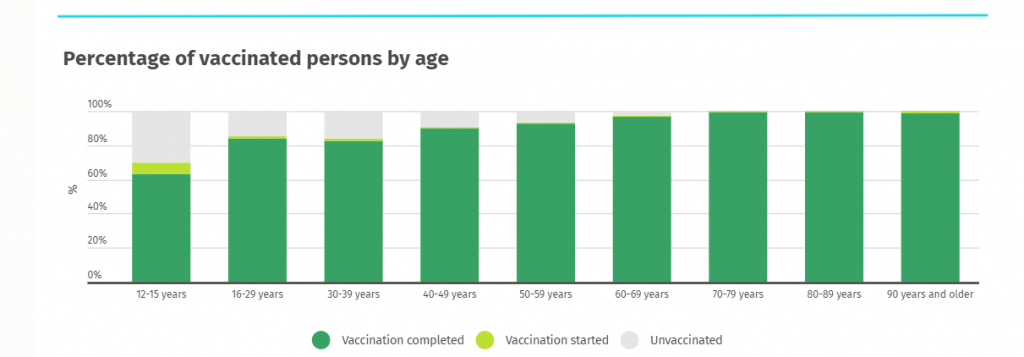
Important to “not go beyond what is necessary”
The government stressed it was important for Icelandic society to get back to normal as quickly as possible as long as the epidemiological picture remains stable.
“According to the Epidemiology Act, the Minister and the Epidemiological Control Authority are obliged to constantly seek to abolish the current Epidemiological Measures in accordance with the development of the epidemic and to change the risk assessment as immunity strengthens in society,” the government said.
“In order for operations to always achieve the intended results, and not go beyond what is necessary, it must always be based on the latest knowledge of the infectious diseases that we are dealing with at any given time.”
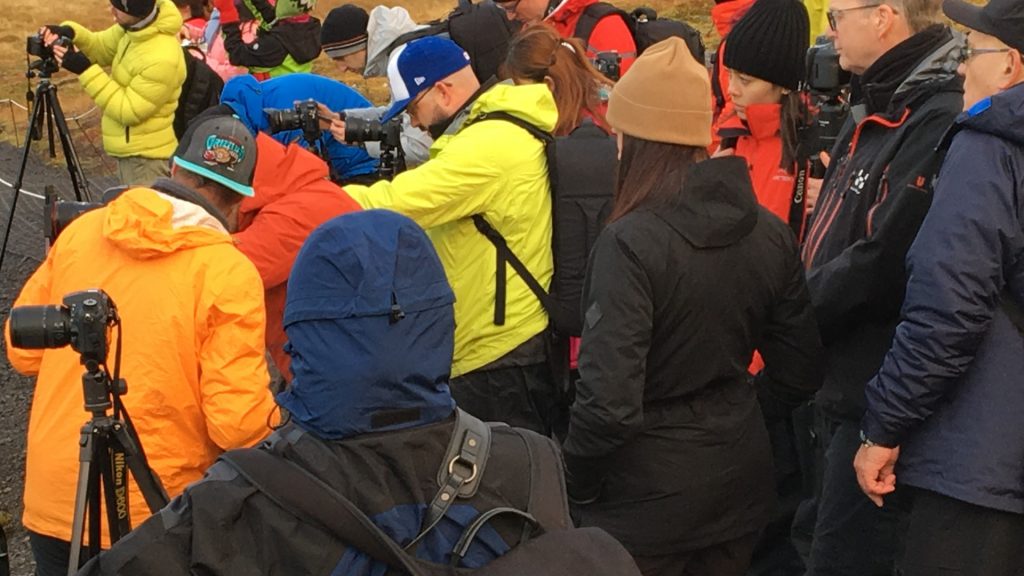
The government did not mention whether border restrictions would be changed.
The government previously relaxed some border rules on October 1 that at the time were set to be in place until November 6.
As of October 19, Iceland was reporting the 14-day incidence of COVID-19 of 180.0 domestic infections per 100,000 people, and 13.9 cases per 100,000 people at the border.
Write to Eilís Quinn at eilis.quinn(at)cbc.ca
Related stories from around the North:
Canada: Ottawa sending more help to deal with COVID-19 surge in the Northwest Territories, The Canadian Press
Greenland: Greenland lifts COVID-19 restrictions on direct travel to small communities, Eye on the Arctic
Iceland: Iceland to change COVID-19 border rules on October 1, Eye on the Arctic
United States: Rural Alaska at risk as COVID-19 surge swamps faraway hospitals, The Associated Press
Antarctica: U.K. delivers COVID-19 vaccine to British station in Antarctica, Eye on the Arctic


